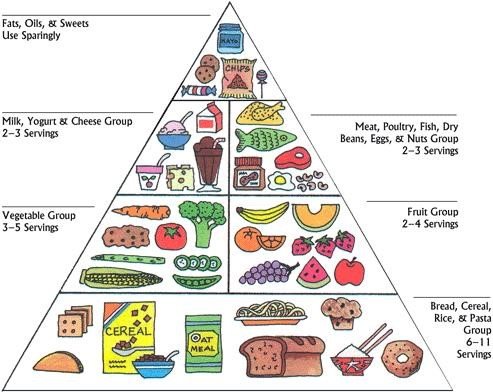
Diabetes and Diet
Diabetes mellitus refers to a group of diseases that affects the blood sugar (glucose) level of the body. Diabetes occurs when blood glucose is higher than the normal level.
The most common types of diabetes are type1, type 2, and Gestational diabetes.
Type 1 diabetes, the body does not make insulin Type 1diabetes is usually diagnosed in children and young adults, People with type 1diabetes need to take insulin every day to stay alive.
Type 2 is the most common type of diabetes. In type 2 diabetes, the body does not make sufficient insulin. Type 2diabetes occurs generally in middle-aged and older people.
Gestational diabetes develops, in some women, during pregnancy which usually goes away after the delivery
Blood glucose is the main source of energy for body available from the food. Insulin (a hormone made by the pancreas), helps glucose from food get into cells to be used for energy. Sometimes the body doesn’t make enough or any insulin or doesn’t use insulin well. Glucose then stays in your blood and doesn’t reach cells.
Over time, high blood glucose leads to problems such as heart disease, stroke, kidney disease, eye problems, dental disease, nerve damage, foot problems. Controlling diabetes can lower the chances of developing these diabetes-related health problems. To live a long and healthy life, diabetes should be managed every day. Diabetes can affect almost every part of the body; therefore, blood glucose levels need to be managed. Managing blood glucose, blood pressure and cholesterol can help to prevent the health problems that can occur because of diabetes.
Healthcare team helps to create a diabetes meal plan that meets needs. The key to eating with diabetes is to eat a variety of healthy foods from all food groups, in the amounts outlined in the meal plan. The food groups are
Vegetables: includes broccoli, carrots, greens, peppers, and tomatoes, corn, and green peas
Fruits: includes oranges, melon, berries, apples, bananas, and grapes
Grains: at least half of required grains for the day should be whole grains which include wheat, rice, oats, cornmeal, barley, and quinoa examples: bread, pasta, cereal, and tortillas
Protein: dried beans and certain peas, such as chickpeas and split peas, nuts and peanuts
Dairy: nonfat or low-fat milk, yogurt, cheese. Use oils (canola and olive oil) when cooking food instead of butter, cream, lard, or stick margarine.
